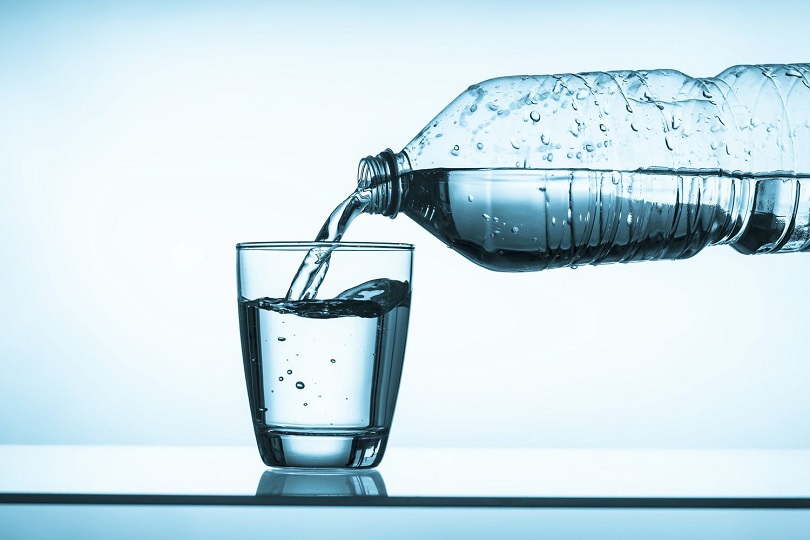
Srinagar- A litre of bottled water could contain about 2.4 lakh plastic pieces on average, which is about 10 to 100 times greater than previous estimates that mainly concerned plastics of larger sizes, according to a new study.
While microplastics range from a micrometre — a millionth of a metre — to 5 millimetres, nanoplastics are smaller than a micrometre and are measured in billionths of a metre.
Researchers from Columbia University analysed three popular brands of bottled water sold in the US, measuring plastic particles down to 100 nanometres in size.
They detected about 1.1-3.7 lakh plastic fragments in each litre — 90 per cent nanoplastics and the rest microplastics. Their findings are published in the journal Proceedings of the National Academy of Sciences.
“Previously this was just a dark area, uncharted. Toxicity studies were just guessing what’s in there,” said study co-author Beizhan Yan, an environmental chemist at Columbia Climate School’s Lamont-Doherty Earth Observatory.
“This opens a window where we can look into a world that was not exposed to us before,” he said.
In recent years, microplastics have been documented to be present in soil, drinking water, food and even polar ice. Formed when larger plastics break down into progressively smaller bits, these plastics find their way into humans and other creatures, with potential effects on their health and ecosystem.
In this study, the team also determined the type of plastics they were, targeting seven common ones, along with charting their shapes for biomedical purposes.
They found a common one — polyethylene terephthalate or PET. Water bottles are made of this material.
Another type of plastic the researchers found was polyamide. A type of nylon, polyamide was found in greater quantity than PET. They said the nylon could have come from the plastic fibres that are supposed to purify the water before it gets bottled.
Other common plastics they found were polystyrene, polyvinyl chloride and polymethyl methacrylate — all used in various industrial processes.
However, the seven plastic types the researchers searched for accounted for only about 10 per cent of all the nanoparticles they found in the bottled water samples.
The researchers said they had no idea what the rest were.
The results indicated “the complicated particle composition inside the seemingly simple water sample”, they wrote.
For the study, the researchers developed a technique called stimulated Raman scattering microscopy which involved probing samples with two simultaneous lasers tuned to make specific molecules resonate. They then used algorithms to analyse and interpret the data.
The team is now going beyond bottled water.
“There is a huge world of nanoplastics to be studied,” said study co-author Wei Min, a Columbia biophysicist and a co-inventor of the microscopy technique.
He said though nanoplastics have less mass than microplastics, it’s not the size that matters but the numbers because the smaller things are, the more easily they can get inside humans.
“It is not totally unexpected to find so much of this stuff,” said lead author, Naixin Qian, a graduate student in chemistry from Columbia University. “The idea is that the smaller things get, the more of them there are.”
Follow this link to join our WhatsApp group: Join Now
Be Part of Quality Journalism |
Quality journalism takes a lot of time, money and hard work to produce and despite all the hardships we still do it. Our reporters and editors are working overtime in Kashmir and beyond to cover what you care about, break big stories, and expose injustices that can change lives. Today more people are reading Kashmir Observer than ever, but only a handful are paying while advertising revenues are falling fast. |
| ACT NOW |
| MONTHLY | Rs 100 | |
| YEARLY | Rs 1000 | |
| LIFETIME | Rs 10000 | |









